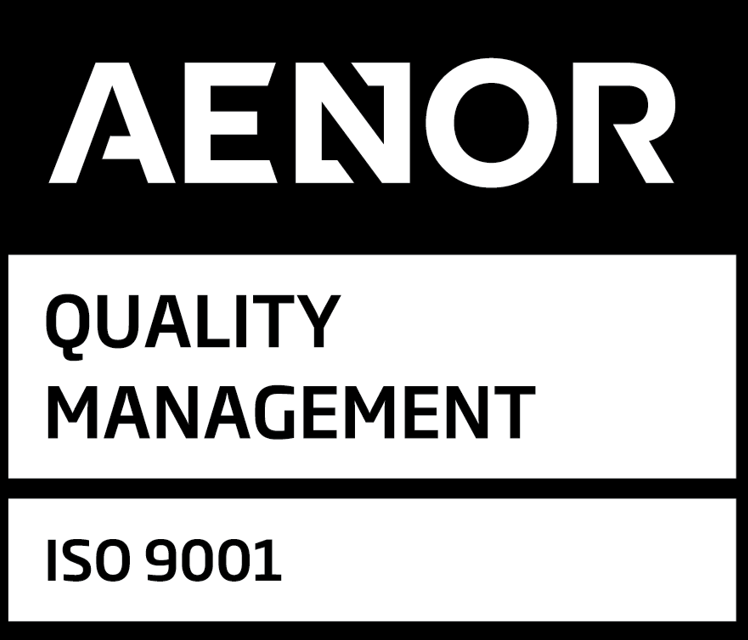Multiplex in vitro diagnostic (IVD) devices detect two or more targets or markers within a single procedure and are marketed as one device with a single intended purpose. Typical examples include large allergy panels or respiratory pathogen panels with dozens—sometimes hundreds—of analytes. The regulatory challenge under the IVDR (EU) 2017/746 is demonstrating sufficient evidence for each claimed target while keeping the review of the Technical Documentation (TD) efficient and traceable. Team-NB, the European association of Notified Bodies, has published a common approach that clarifies how NBs assess multiplex devices and when risk-based sampling is appropriate.
What “multiplex” means for evidence and classification
Under IVDR, the device is assessed against its intended purpose and the sum of claimed targets/markers. Because multiplex devices may include analytes with different IVDR classes (for example, a respiratory panel combining Class D markers like SARS-CoV-2 with Class C/B markers such as Influenza A/B or Adenovirus), the highest-risk elements drive scrutiny. Team-NB notes that reviewing the core detection technology, its analytical controls, and cross-reactivity/interference management is central to demonstrating performance across the panel.
Risk-based sampling: when and how NBs apply it
Because reviewing full clinical and analytical data for every single target may be impractical for very large panels, Team-NB supports a risk-based sampling approach—with clear guardrails.
- All Class D marker documentation is reviewed in full. Given their public health impact and the IVDR’s enhanced controls for Class D, NBs expect complete evidence per analyte at this class.
- Class C and B markers may be sampled using a documented, risk-based rationale. Sampling starts with highest-risk analytes and extends if deficiencies are found.
- The focus remains on the detection technology (e.g., chemistry/primer-probe design, signal generation, software algorithms, cut-off establishment, cross-talk controls), supported by representative per-analyte evidence that shows claims are justified and transferable across the panel.
NBs may expand the sample or update the sampling plan during the certification cycle if multiple deficiencies appear in the initial review. The NB’s conformity-assessment report should describe the sampling approach and rationale, including how representative analytes were chosen and how conclusions extend to the remaining targets.
What your Technical Documentation must make easy
Team-NB repeatedly finds delays when evidence is missing or hard to locate. Manufacturers of multiplex IVDs should ensure that the TD:
- Maps every claimed analyte to traceable evidence (analytical performance, clinical performance or clinical evidence strategy) and clearly distinguishes sampled vs. fully reviewed targets.
- Explains transferability of evidence across the panel (e.g., shared technology, common reagent design, shared validation strategy) and justifies cut-offs and decision rules for each analyte category.
- Aligns the intended purpose with labelling/IFU and Performance Evaluation Report (PER) conclusions; discrepancies trigger NB questions.
- Includes a PMPF plan proportionate to residual uncertainty, with triggers to widen surveillance to additional analytes if signals appear.
For structure and completeness across Annex II/III items (including GSPR mapping, verification/validation reports, and PMS/PMPF files), Team-NB’s broader best-practice guidance for technical documentation is a useful companion.
Class D special considerations
Where the panel includes Class D analytes (e.g., certain blood-screening or high-consequence infectious markers), plan for EURL involvement where applicable and for full analyte-specific review—no sampling. Batch/lot verification or independent performance checks may be required once EU Reference Laboratories (EURLs) are designated for the relevant scope.
Bottom line for manufacturers
Multiplex panels can win on clinical utility and workflow efficiency, but under IVDR they succeed only when the technology narrative, per-analyte evidence, and a defensible sampling rationale fit together. Build your dossier so an NB reviewer can follow the logic for each claim, see how representative analytes anchor the panel, and understand how PMPF will continue to de-risk performance across all targets after certification.






